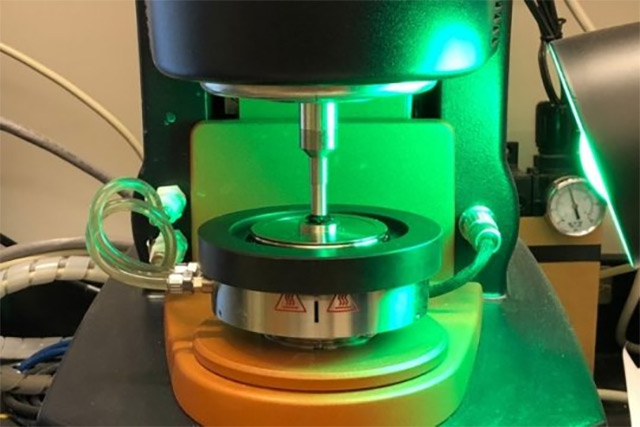Hospital employs “big brother” technology in the name of efficiency; patients find lack of human interaction unsettling
10/22/2018 / By Zoey Sky

It looks like a hospital in the U.K. is taking a page out of “Big Brother’s” book. The Countess of Chester Hospital in Cheshire is the first hospital to issue all staff and patients with electronic “wristbands” which are used to keep track of their movements.
For a National Health Service (NHS) trial, over 4,000 infrared sensors were installed above beds and doorways. These sensors read data chips on patients’ and staff’s wristbands to record where they are at any given time.
Findings for the trial reveal “the time from a patient’s being discharged from the Cheshire Hospital to their bed being ready for a new patient” being under two-and-a-half hours, a remarkable improvement from an estimated four hours since staff can easily determine when their bed becomes available. (Related: Big Brother gone wild: Airport installs technology to track every passenger’s footsteps around the airport.)
The system, which is called TeleTracking Technologies, also tells hospital staff about patients’ specific needs. It can even help them move efficiently around the hospital. While the technology is already used in the U.S., the cost of the U.K. project hasn’t been made public yet.
Ian Harvey, the hospital’s medical director, said, “It’s important for patients that they don’t spend more time in hospital than they need to, with everything we do geared towards getting them seen by the right people first time, limiting any factors that can lengthen their stays along the way… [This] will help us do this, allowing our teams to collaborate more seamlessly across A&E, wards, theaters, and radiology.”
He concluded that with TeleTracking Technologies, it is easier to work efficiently and that the system “has the potential to make things much better” for both the hospital staff and patients.
The technology, which resemble wristbands notify support services that a bed needs changing. Porters are alerted whenever a patient needs to be moved from one area to another. As soon as patients are discharged, their wristbands are deactivated.
The system even tells equipment services staff about specific patient needs such as hoists or supportive “bariatric” chairs for obese individuals. Staff can also be guided to where they are needed within the spacious 600-bed hospital.
The Countess of Chester is only one out of four national pilot sites testing this technology. However, it is the only one that is using the system across the entire hospital. Patients are asked if they wish to participate before they are fitted with a wristband.
Some hospital visitors who have accepted the use of the wristbands believe that they can help modernize the NHS. But there are those who are not that interested in the technology. Ian Dillon, 44, shared, “I’m not entirely comfortable with being a patient or working here and being monitored ‘Big Brother’ style like that to be honest… It lacks the human touch. You could feel like you are on a treatment conveyor belt or something.”
While technology like this system can be used to streamline the management of a hospital, it appears that innovation is still a double-edged sword. According to an article in The Guardian, some companies can now monitor employees through tools such as WorkSmart.
WorkSmart monitors workstations and even sends data such as app use and keystrokes to determine a “focus score” and “intensity score” which can be used to keep tabs of the productivity of freelancers.
You can read more articles about how technology can revolutionize the way we live at FutureScienceNews.com.
Sources include:
Tagged Under: Big Brother, data chips, electronic wristbands, future tech, Hospitals, infrared sensors, medical tech, science and technology, surveillance, technology, TeleTracking Technologies
















